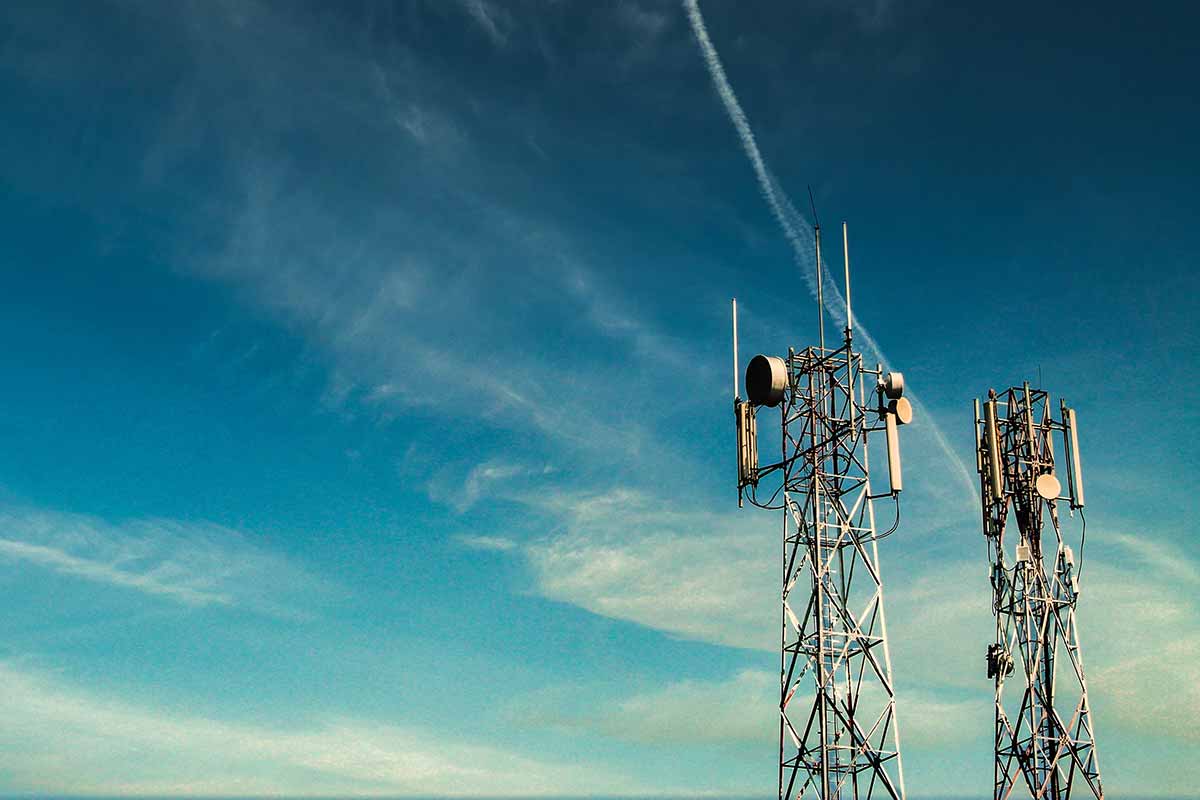Band 71 Fact and Fiction for Mobile Travelers

There are a lot of buzzwords out there in the mobile cellular internet world. Recently, one has been mentioned more than all others- Band 71. Band 71 is the new 600MHz frequency that we have talked about a bit before while discussing our Peplink cellular router. This newly available wavelength has drawn a lot of interest and created quite a few misconceptions. Let’s go through what this new band is- and what it isn’t- and what you’ll need to access it.
What is Band 71?
As we mentioned, Band 71 is the 600MHz frequency. The lowest frequency band available for cellular data in the United States, T-Mobile purchased the rights to the band in 2017 and have been using it ever since to expand their coverage in remote areas. Because it is such a low frequency, it can travel very far from cell towers. With Band 71, previously unreached areas now have reliable internet! For those traveling remotely using T-Mobile, Band 71 has almost certainly come in handy. That is, as long as the right equipment was used.

Which networks is 600MHz available on?
For now, T-Mobile is the only network that can access it. Of course, considering their ongoing merger with Sprint, this is likely going to end. Eventually, anyone with Sprint will also be able to use Band 71. In either case, none of the other networks will ever have access to it. According to a T-Mobile FAQ, the T-Mobile network and the Sprint network are going to be using their distinct networks for the foreseeable future before the two start being merged. This means a Sprint plan will not provide access to the 600MHz frequency. Eventually you may have access through Sprint- but for now, no.
Is Band 71 5G?
Well, yes, but mostly no. It is a bit confusing.
Band 71 can distribute Extended 4G LTE and 5G cellular data. T-Mobile set aside about 50% of the total capacity to build out their 5G network. So, it is used for 5G- but only in certain areas. Of course, you’ll need a 5G capable cellular router. Currently, there are very few 5G cellular routers available to consumers at a reasonable price.

The 5G connection provided by the 600MHz frequency is called Band n71 and the extended range 4G LTE is just called Band 71. Without a router that can read 5G signals, Band n71 will not be available. Band n71 and 71 will not necessarily be available in the same areas as they are different deployments of the same frequency.
So the new band is available to anyone, just not through a 5G connection?
Well… Not quite. To access Band 71 you will need a cellular router that is capable of reading it. Without the right cellular router, you will have access to the T-Mobile network but will not be able to access the 600MHz frequency. Depending on how remote you travel, this may or may not be a deal breaker. If it is, make sure to pay special attention to the cellular router you purchase.
Most cellular routers cannot read Band 71. The ones that can read the new band are often priced higher than most other routers, with an average price around $350. The good news is that you are not only paying for access to this new band. Most of these cellular routers boast some pretty neat specs, like multiple SIM slots, the ability to use any carrier, and carrier data speed aggregation.

Does Band 71 really make that much of a difference?
Yes, it does! For customers that are frequently traveling to remote areas, or for residents of remote towns, we have seen it make a tremendous difference. When coupled with a powerful external antenna, the T-Mobile network is optimized to its greatest extent. Speeds are not always blazing fast, but having a decent connection somewhere that used to have virtually no internet is a big step forward.